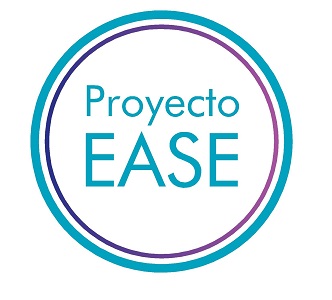Currently, one of the main challenges in Spain is the growing number of adolescents who experience high levels of school stress, especially during secondary education. In addition, the high amount of time devoted to doing homework by students in Spain compared to other countries’ has been a subject of continuous debate. There is no doubt that school stress is a complex phenomenon. As a result, understanding school stress requires taking into consideration a wide variety of factors, including individual, family and school factors. Paying attention to gender differences both in the levels and time trends in school stress and their underlying factors is also fundamental.
Project EASE, “School-related stress in secondary-school students in Spain. A mixed-method study aimed at the development of recommendations for the family and school contexts” (PID2019-105463RA-I00), was our research team’s first step in addressing the aformentioned challenge. This research project aimed at giving voice to students themselves to get a better understanding of their school stress experiences and factors that may accentuate or aliviate their stress. Key findings and recommendations derived from this project, which spanned from 2020 to 2024, were made available to schools and families to contribute to the final goal of promoting wellbeing among secondary school students.
Project EASE-B, “Identifying key aspects for reducing school stress in secondary-school boys and girls and for promoting their educational wellbeing” (PID2023-146179OB-I00), has begun in September 2024. This new project goes a step beyond with the aims of getting a deeper understanding of the links between stress and wellbeing at educational settings and of supporting wellbeing and protection coordinators’ work. To this end, Project EASE-B builds on three pillars: (1) a well-supported analysis informed by school needs as identifief by staff working at the wellbeing and protection coordinating areas; (2) incorporation of a multidimensional and integrative approach for assessing stress and wellbeing at schools; and (3) a scope that places gender differences at the center of scientific understanding of stress and wellbeing at secondary schools. Participants will include wellbeing and protection coordinators and secondary school students. Thanks to their collaboration, not only will the project contribute to scientific progress in the area of study, but it will also allow for developing a toolkit of useful and evidence-based resources to support wellbeing and protection coordinators’ day-to-day work in the identified priority areas.
